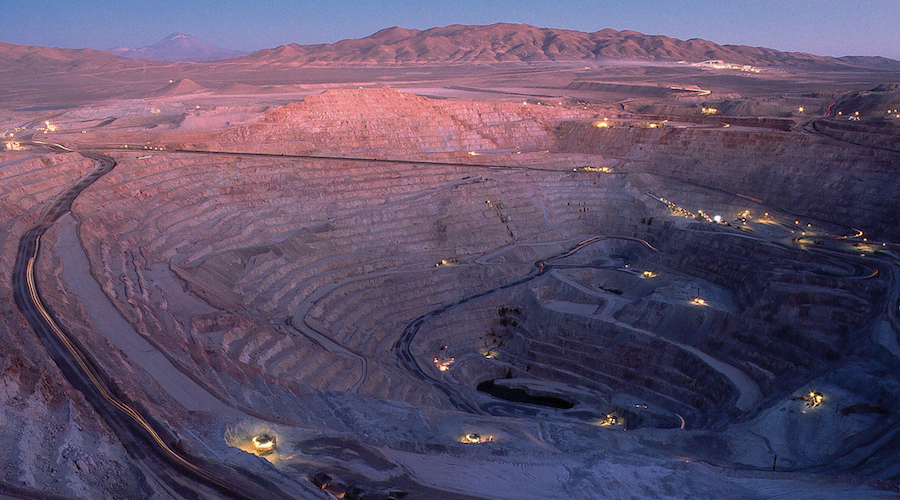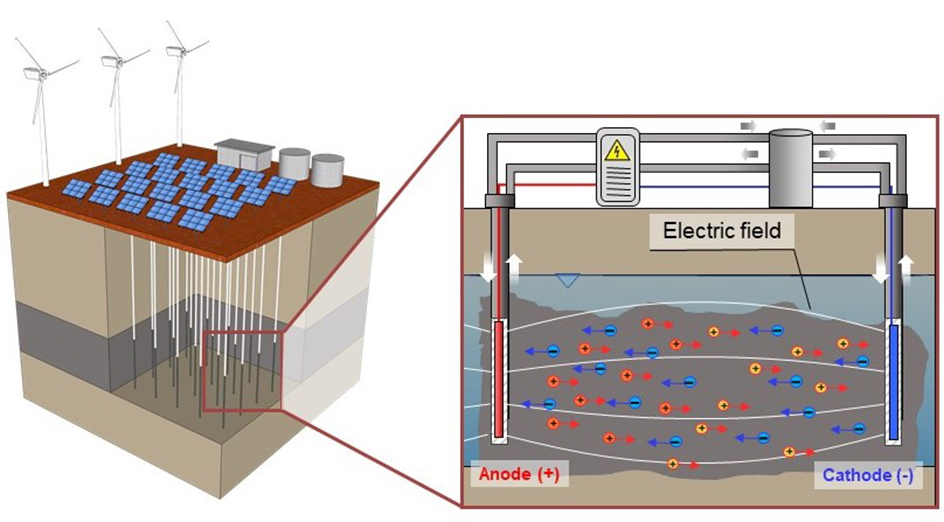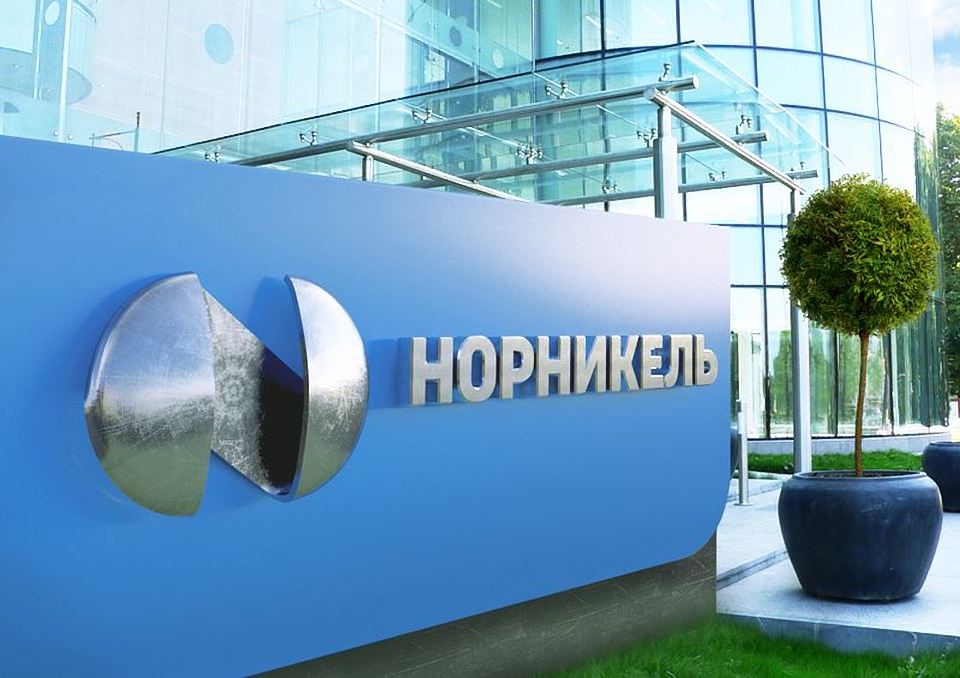From digging to electric fields: new technique to extract metals from hard rock ore

An international group of scientists has developed a new mining technique that uses electric fields, instead of digging, to extract metals from hard rock ore.
In a paper published in the journal Science Advances, the researchers say the methodology consists of installing electrodes within a given ore body and applying electric currents that could induce the transport of electrically charged metals such as copper through rocks by a process called electromigration.
The technique is called electrokinetic in situ leaching (EK-ISL) and it has been previously applied for metal recovery from fly ash, wastewater sludge, soils, and mine tailings materials but not for the recovery of metals from intact hard rock bodies.
EK-ISL combines two existing technologies: in situ leaching, which comprises the application of a lixiviant to selectively dissolve target metals from their ore without excavating its host matrix, and electrokinetics, which comprises the application of a targeted electric field to control and accelerate the transport of the lixiviant or dissolved target metals within the subsurface.

“The metals are extracted within the ore body, instead of the traditional means of having to dig them out and milling huge amounts of material,” Henning Prommer, coauthor of the study and a professor at the University of Western Australia, said in a media statement. “Traditional methods of excavating ore material result in a large amount of solid waste brought to the Earth’s surface which needs to be disposed of, whereas this new method dramatically decreases wastage.”
According to Prommer, global estimates place solid waste from mining at 100 gigatonnes per year, which is significantly larger than any other form of waste generated by humans.
In addition to the environmental consequences of such disposal, Prommer and his colleagues pointed out that the current mining paradigm can be considered unsustainable because, for example, in the past decade there has been a major decline in the discovery of shallow copper ore deposits while the average ore cutoff grade has also decreased by approximately 25%.
The EK-ISL technique was tested in laboratory experiments and through computer modelling
“Many Cu deposits currently deemed ‘Tier 1,’ such as the Pebble East giant copper-gold deposit in Alaska (USA) and the deeper ore zones at the Escondida porphyry Cu deposit in Chile, are buried by hundreds of meters of overburden. Under these circumstances, conventional Cu mining becomes increasingly challenging because of the necessity to remove, process, and store large quantities of waste rock,” the experts wrote.
In addition to this, their data show that the economic viability of processing such diminishing grade material by relying on the non-stop improvement in the efficiency of mining technologies and the economy of scale means using more energy, water, and land per unit mass of extracted copper.
“Similar considerations also apply for many other commodities,” the researchers adduce. “Consequently, the current mining paradigm can be considered inherently unsustainable, and there is a recognized need for the development of new approaches for more sustainable exploitation of known but currently unviable metal deposits.”
The EK-ISL technique, which proved to be thermodynamically viable to leach Cu at ambient temperature and pressure using relatively environmentally benign lixiviants such as ferric chloride, was tested in laboratory experiments and through computer modelling.
After successfully extracting copper from an intact sulfidic porphyry Cu ore drill core sample, the group is confident the idea will also work in the field, not only for copper but also for a wide range of other metals.
“This is really exciting because we can use intermittent power sources such as solar and wind to extract minerals,” Prommer said.
More News
{{ commodity.name }}
{{ post.title }}
{{ post.date }}



4 Comments
CYRUS-VANCE MAWUDEM
Oh !congrats Professors from University of Western Australia.I envisaged extracting gold and other metals a few years ago as a Construction and Mining Entrepreneur with Electrical Engineer [Control systems Option]using magnetic and electric power fields ;so thumbs up,it can be real because the current disruption of massive land nature is not the best.I ask all big metal firms to release more funds for this research to manifest practically as it will save the earth and advance global mining and the environment.
jaime arias
Hello Cyrus-Vance,
I join your call for support, since I have been pushing leaching of Cu ores in Chile since 1985 and still fighting. Inventors like Henning Pommer and myself are up against the “people on the large boat hitting their hands to prevent them boarding it or worse completely ignoring them”. In a formal mining industry presentation of last week at CIMM Los Andes Branch (Santiago de Chile) by the Ernst and Young Law firm (Santiago) the speaker showed a graph of their interviews with 269 important mining companies management excutives about their priorities, which showed a dismal last place – 10th. position out of 10 options – for innovation. No more comments.
So best of luck to Henning Pommer endeavours.
Regards,
Jaime Arias
Geologist; Ph. D. Applied Geochemistry
Santiago de Chile
Naun Claros
Innovative. Interesting. I would like to think that the mention of “Escondida” as an example has nothing to do with the incoming salary negotiations for that BHP operation. Fortuit timing?
Valentina Ruiz Leotaud
Fortuitous timing, indeed. Most scientific studies are prepared months in advance. This one was published on 30 Apr 2021.